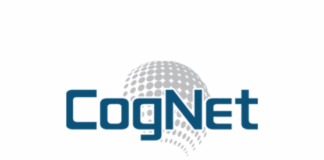
Following an index of 113.03 (revised from 112.23) in October, the Conference Board Employment Trends Index rose to 114.49 in November, signaling steady job growth in the months ahead.
Six of the eight labor market indicators helped boost the index, ordered from the largest contributor to the smallest:
- Initial claims for unemployment insurance
- Industrial production
- Ratio of involuntarily part-time to all part-time workers
- Job openings
- Number of temporary employees
- Real manufacturing and trade sales
The other two indicators negatively contributed to the index — percentage of firms with positions not able to fill right now and percentage of respondents who say they find “jobs hard to get.”
Based on the current index, “November’s disappointing payrolls growth may be an outlier rather than a new trend,” said Gad Levanon, Head of The Conference Board Labor Markets Institute. He added that a good portion of the job growth in the coming months should come from labor-intensive industries like restaurants, hotels, and personal services, which are still reopening and recovering. “At the same time, labor supply will struggle to meet the demand for workers, as the US working-age population stagnates and Baby Boomers drop out of the workforce.”
The Conference Board’s current projections show the unemployment rate nearing 3% by the end of 2022. “Even if pandemic disruptions to labor supply fully subside in the year ahead,” Levanon said, “a tight labor market is likely here for the foreseeable future. Employers should expect recruiting difficulties and quit rates to remain high, fueling the upward pressure on wages.”






